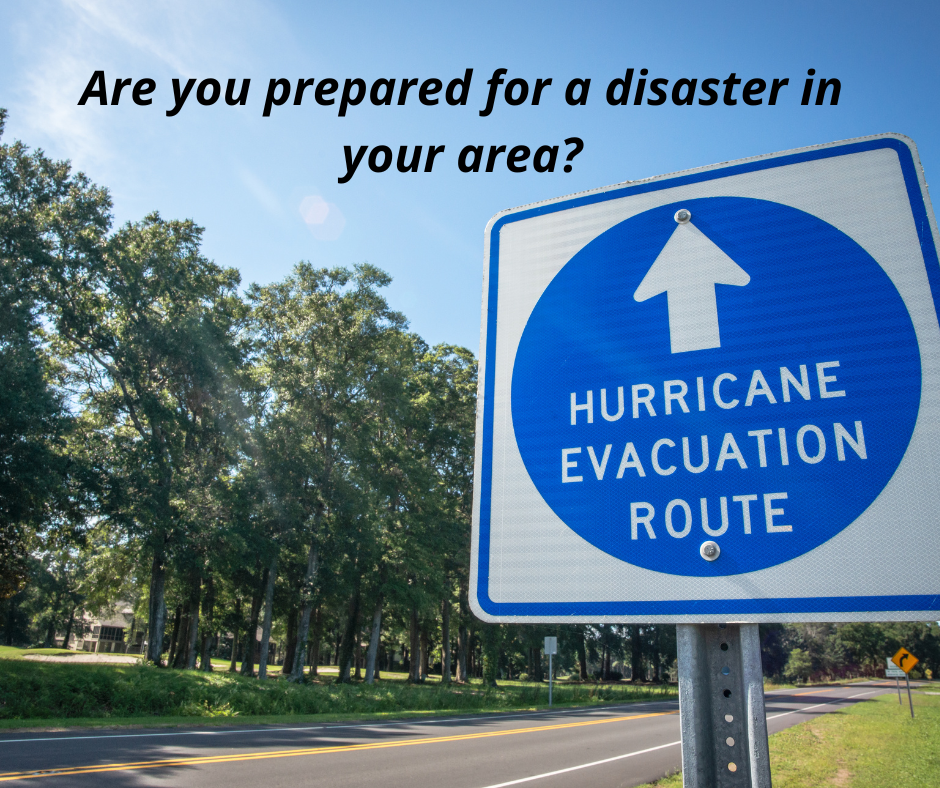
Being prepared for emergencies is essential when caring for a loved one with dementia. In this guide, we’ll explain everything you need about dementia disaster preparedness.
Understanding the Unique Challenges of Dementia Disaster Preparedness:
Caring for someone with dementia comes with its own set of daily challenges. But when a crisis strikes, these challenges can become even more complex. It’s crucial to recognize the unique difficulties that individuals with dementia face during emergencies to prepare and respond effectively.
Picture this: you need to evacuate your home because a hurricane is approaching. Explaining the urgency of the situation to someone with dementia can be challenging. They may struggle to grasp the severity of the threat or follow evacuation instructions under stress.
Dementia Challenges
Memory problems can pose significant hurdles in emergencies. Your loved one might have trouble recalling essential information like their address or emergency contacts, making it challenging to communicate vital details to responders.
Moreover, sensory impairments, such as vision or hearing loss, can exacerbate communication and navigation difficulties during emergencies. This can heighten the risk of accidents or confusion, further complicating the situation.
Additionally, dementia affects individuals differently, making how they’ll react in emergencies unpredictable. Some may become agitated or resistant, while others may become withdrawn or disoriented, adding another layer of complexity to crisis management.
Understanding these challenges empowers caregivers to develop tailored strategies for disaster preparedness. By fostering patience, flexibility, and empathy, caregivers can navigate emergencies with greater confidence, ensuring the safety and well-being of their loved ones.

Types of Disasters:
Disasters come in many shapes and sizes, each presenting its own unique challenges for individuals with dementia and their caregivers. From natural calamities like hurricanes and earthquakes to human-made crises such as power outages and chemical spills, it’s essential to understand the various types of disasters and how they can impact those with dementia.

Natural Disasters:
Natural forces, including hurricanes, earthquakes, floods, wildfires, and tornados, cause natural disasters. These disasters can disrupt essential services like electricity, water, and transportation, making it challenging to ensure the safety and well-being of individuals with dementia. For example, tornados can strike suddenly, leaving little time for evacuation or preparation.
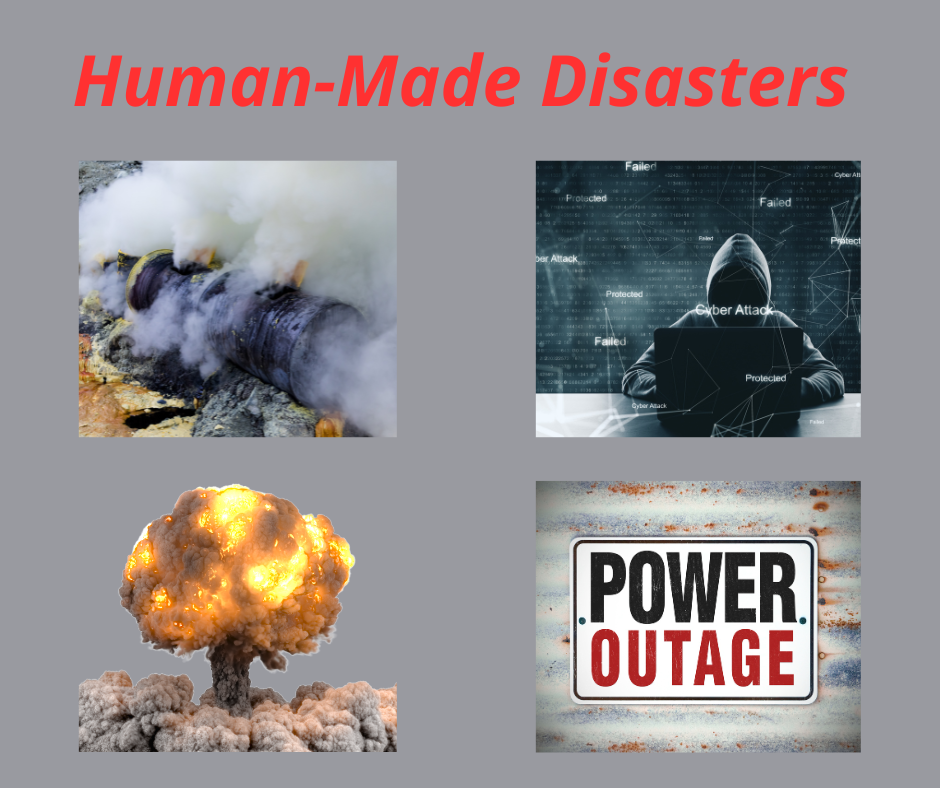
Human-Made Disasters:
Human-made disasters are events caused by human activities, such as industrial accidents, terrorist attacks, or infrastructure failures. These disasters can lead to widespread disruption and pose significant risks to individuals with dementia. For instance, power outages can disrupt essential services and medical equipment, requiring caregivers to have contingency plans in place to ensure the safety and comfort of their loved ones.

Health Emergencies:
Health emergencies, such as pandemics or disease outbreaks, can also impact individuals with dementia. These emergencies can strain healthcare systems and limit access to essential medical services, increasing the vulnerability of individuals with dementia to adverse health outcomes. Caregivers must be prepared to adapt their caregiving routines and follow public health guidelines to minimize the risk of infection and ensure the well-being of their loved ones.

Everyday Emergencies:
In addition to large-scale disasters, caregivers must also prepare for everyday emergencies like falls, accidents, or sudden illness. While these emergencies may seem less daunting, they can still pose significant risks to individuals with dementia, especially if they occur when caregivers are not present. Having a plan in place for responding to these emergencies can help caregivers act quickly and effectively to ensure the safety and comfort of their loved ones.
By understanding the different types of disasters and their potential impacts, caregivers can develop comprehensive disaster preparedness plans tailored to the specific needs of their loved ones with dementia. Whether it’s preparing for a hurricane or planning for a health emergency, being proactive and informed is critical to ensuring the safety and well-being of everyone involved.
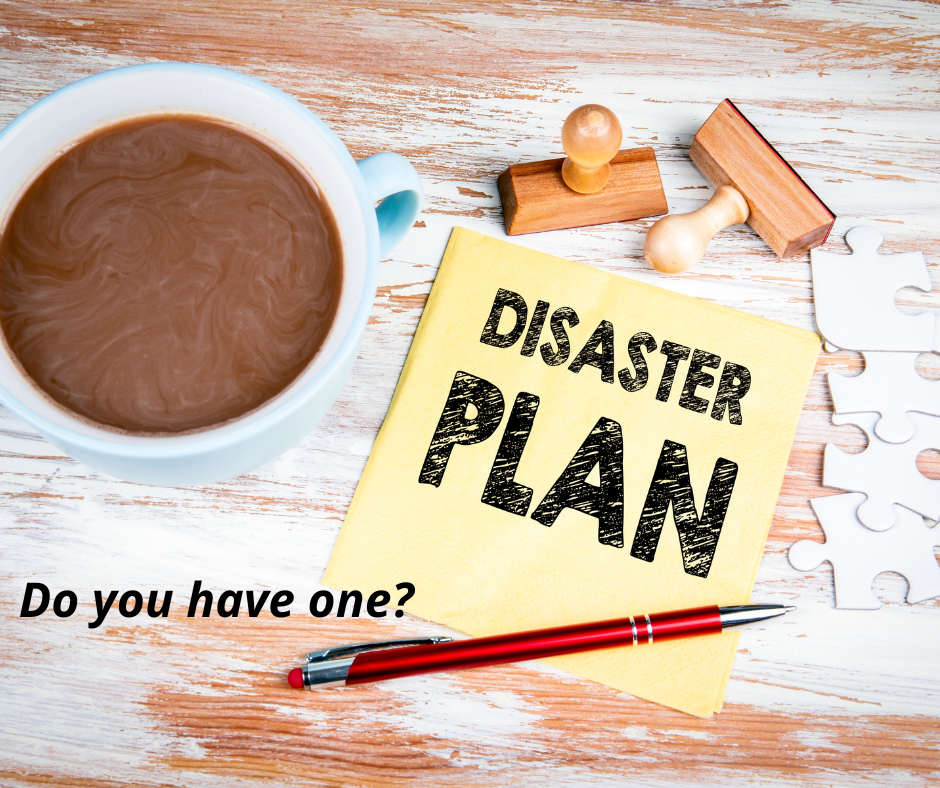
Creating a Personalized Disaster Plan:
When it comes to caring for someone with dementia, having a personalized disaster plan is like having a map to guide you through rough terrain. This plan outlines what you’ll do in case of an emergency, ensuring you’re prepared to keep your loved one safe and secure.
Step-by-Step Guide:
Creating a personalized disaster plan doesn’t have to be overwhelming. Start by breaking it down into manageable steps:
- Assess Your Risks: Consider the types of disasters most likely to occur in your area. Is it hurricanes, wildfires, or something else? Understanding your specific risks will help you tailor your plan accordingly.
- Identify Escape Routes: Determine the safest evacuation routes from your home and identify nearby shelters or safe locations where you can seek refuge in an emergency.
- Gather Important Documents: Compile essential documents such as identification, medical records, insurance information, and contact numbers. Store them in a waterproof container or an easily accessible digital format.
- Stock Up on Supplies: Assemble an emergency kit with essential supplies like water, non-perishable food, medications, first aid supplies, and comfort items for your loved one.
- Communicate Your Plan: Make sure everyone in your household understands the disaster plan.
Shelter of Calm:
Your Guide Through Dementia's Storm!
Is Dementia's chaos stealing your peace?
We're here to restore the calm, empowering you to confidently face each challenge.
Take the first step towards transformation now.

Tailoring the Plan:
Every individual with dementia is unique, so it’s essential to tailor your disaster plan to meet their specific needs:
- Consider Their Abilities: When creating your plan, consider your loved one’s cognitive and physical abilities. Are there tasks they can help with, or will they need assistance every step of the way?
- Address Behavioral Challenges: Anticipate how your loved one might react in an emergency. Do they become agitated or anxious? Having strategies in place to address behavioral challenges can help keep everyone safe.
- Incorporate Familiarity: Include familiar routines and items in your disaster plan to provide comfort and reassurance to your loved one. For example, pack their favorite blanket or toy in the emergency kit.
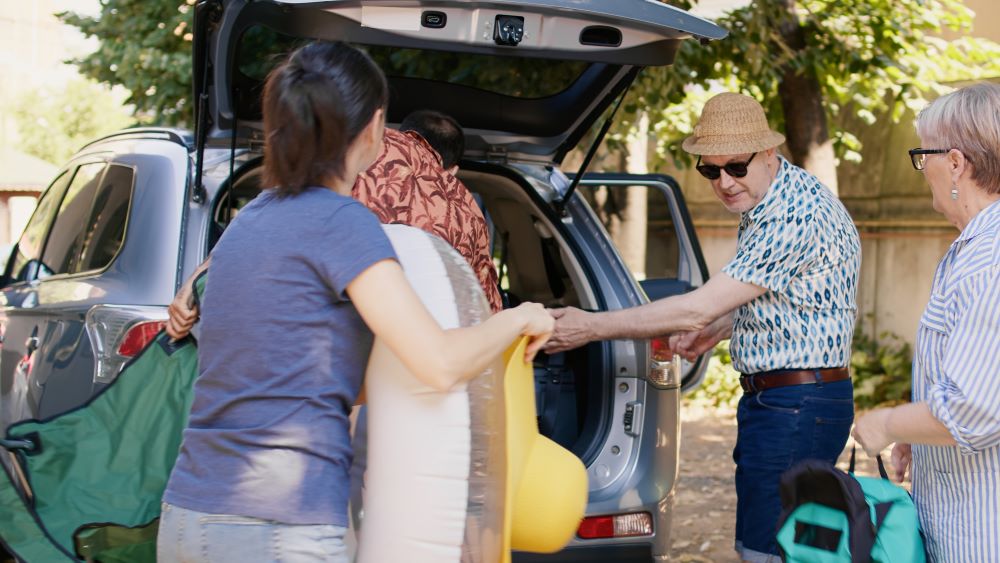
Practice and Review:
Once you’ve created your disaster plan, don’t forget to practice and review it regularly:
- Drill Evacuation Procedures: Conduct practice drills to familiarize everyone with evacuation procedures and escape routes. This will help ensure a smooth evacuation in case of a real emergency. For example, we have a tornado shed that we go out to every couple of weeks, so it’s a familiar process.
- Update as Needed: As your loved one’s condition changes or new risks arise, be prepared to update your disaster plan accordingly. Regularly review and revise your plan to ensure it remains relevant and effective.
By taking the time to create a personalized disaster plan tailored to your loved one’s needs, you can navigate emergencies with confidence and peace of mind, knowing that you’re prepared to keep them safe.

Essential Items for Emergency Kits:
When disaster strikes, having an emergency kit prepared can make all the difference in keeping your loved one with dementia safe and comfortable. These kits are like a safety net, ensuring you have everything you need to weather the storm, both literally and figuratively. Here’s a rundown of the essential items to include in your emergency kit:
1. Water
Water is essential for hydration, especially during emergencies when access to clean water may be limited. Plan to have at least one gallon of water per person per day for at least three days.
2. Non-Perishable Food
Stock up on non-perishable food items that are easy to prepare and don’t require refrigeration or cooking. Examples include canned goods, granola bars, dried fruit, and nuts.
3. Medications
Ensure you have an ample supply of your loved one’s medications, including any prescription, over-the-counter, and medical supplies they may need. I recommend you fill one of those weekly medicine dispensers with a week’s worth of medicine and place it in the kit. Rotate medications regularly to keep them up-to-date. Also, pack a copy of a current medication list.
4. First Aid Kit
A well-stocked first aid kit is essential for treating minor injuries and addressing medical needs during emergencies. Include items such as bandages, gauze pads, adhesive tape, antiseptic wipes, and pain relievers.
5. Personal Hygiene Items
Maintaining personal hygiene is crucial, even during emergencies. Pack items such as toothbrushes, toothpaste, soap, hand sanitizer, wet wipes, incontinence supplies, and hygiene products.
6. Flashlight and Batteries
A reliable flashlight and extra batteries are essential for navigating dark spaces or signaling for help during power outages. Consider including a hand-crank or solar-powered flashlight for long-term use.
7. Blankets and Warm Clothing
Staying warm is vital, especially during cold weather emergencies. Pack blankets, warm clothing, hats, gloves, and sturdy shoes in your kit to protect against the elements.
8. Important Documents
Keep copies of essential documents, including identification, insurance information, medical records, and emergency contact numbers, in your emergency kit. Store them in a waterproof container or digital format.
9. Comfort Items
Include comforting items that can provide familiarity and reassurance to your loved one during stressful times. This could be a favorite blanket, stuffed animal, photo album, or book.
10. Communication Devices
Ensure you have a reliable means of communication, such as a fully charged cell phone, portable charger, or battery-powered radio, to stay informed and connected during emergencies.
11. Special Needs Items
Consider any special needs or accommodations your loved one may require, such as mobility aids, hearing aids, eyeglasses, or communication devices. Pack these items in your emergency kit to ensure their comfort and safety.
12. Pet Supplies
If you have pets, don’t forget to pack essential supplies for them as well, including food, water, medications, leashes, and carriers.
By assembling an emergency kit with these essential items, you can ensure you’re prepared to meet the needs of your loved one with dementia during emergencies, providing them with the care and comfort they deserve.
Communication Strategies:
Effective communication is crucial during emergencies, especially when caring for a loved one with dementia. Communication strategies can help ensure that important information is understood and that your loved one feels reassured and supported. Here are some communication strategies to consider:
1. Keep It Simple:
Use clear, simple language when communicating with your loved one. Avoid using complex sentences or jargon that may confuse or overwhelm them. Stick to short, direct statements and repeat information as needed.
2. Use Visual Aids:
Visual aids can be helpful for individuals with dementia who may have difficulty processing verbal information. Use visual cues such as pictures, symbols, or written instructions to convey important messages and reinforce key concepts.
3. Maintain Calmness and Patience:
During emergencies, it’s essential to remain calm and patient when communicating with your loved one. Speak in a calm, reassuring tone and avoid raising your voice or displaying signs of frustration, as this can escalate their anxiety and confusion.
4. Provide Reassurance and Comfort:
Offer reassurance and comfort to your loved one throughout the emergency situation. Let them know that they are safe and that you are there to help them. Use gentle touch, hugs, or soothing words to provide comfort and reassurance.
5. Use Familiarity:
Familiarity can help reduce anxiety and confusion for individuals with dementia during emergencies. Use familiar routines, phrases, and objects to provide a sense of comfort and security. For example, if your loved one responds well to music, playing familiar songs may help calm them during stressful situations.
6. Validate Their Feelings:
Acknowledge and validate your loved one’s feelings and emotions during emergencies. Let them know that it’s okay to feel scared or anxious and reassure them that you are there to support them. Avoid dismissing their concerns or trying to rationalize their emotions.
7. Minimize Distractions:
Minimize distractions and create a quiet, calm environment for communication. Turn off unnecessary noise, such as TVs or radios, and eliminate clutter or other distractions that may interfere with communication.
8. Use Non-Verbal Communication:
Non-verbal communication, such as facial expressions, gestures, and body language, can be powerful tools for conveying messages and emotions. Use non-verbal cues to complement verbal communication and enhance understanding.
9. Be Flexible and Adaptive:
Be flexible and adaptive in your communication approach, recognizing that your loved one’s needs and abilities may change over time. Be willing to adjust your communication strategies based on their individual preferences and responses.
By incorporating these communication strategies into your emergency preparedness plan, you can effectively communicate with your loved one with dementia during emergencies, ensuring their safety, comfort, and well-being.
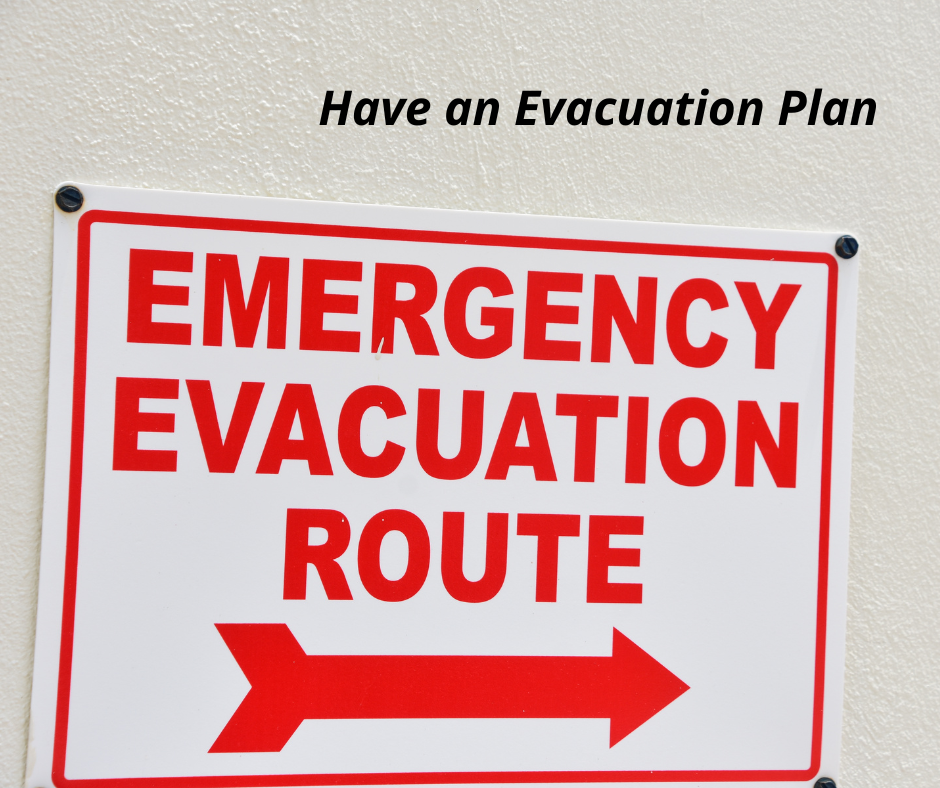
Evacuation Planning:
Planning for evacuation is critical to disaster preparedness when caring for someone with dementia. Evacuating safely requires careful consideration of your loved one’s unique needs and abilities. Here’s how you can effectively plan for evacuation:
1. Know Your Evacuation Routes:
Familiarize yourself with the evacuation routes in your area. Identify primary and alternative routes to ensure you have options in case one route is blocked or inaccessible. Know where nearby shelters or safe locations are so you can seek refuge if needed.
2. Prepare a “Go Bag”
Assemble a portable “go bag” containing essential items for your loved one, such as medications, medical supplies, important documents, and comfort items. Keep the bag in an easily accessible location to grab it quickly in an emergency.
3. Consider Transportation Needs
Assess your loved one’s transportation needs and make arrangements accordingly. If they require a wheelchair or mobility aid, ensure you have access to appropriate transportation options that can accommodate their needs. Plan for any special accommodations they may require during transit.
4. Communicate Your Plan
Discuss your evacuation plan with your loved one and other family members or caregivers involved in their care. Ensure everyone understands their roles and responsibilities during evacuation. Practice evacuation drills regularly to familiarize everyone with the plan and identify any potential challenges.
5. Address Behavioral Challenges
Anticipate how your loved one might react during evacuation and plan accordingly. If they become agitated or resistant, remain calm and offer reassurance. Use familiar routines and comforting items to help reduce anxiety and facilitate cooperation.
6. Prepare for Extended Stays:
In some cases, evacuations may require staying in a shelter or temporary accommodation for an extended period. Pack additional supplies, such as extra clothing, bedding, and personal hygiene items, to ensure your loved one’s comfort during extended stays.
7. Stay Informed
Stay informed about the latest updates and developments related to the emergency situation. Monitor local news outlets, emergency alerts, and official communications from authorities for important information and guidance regarding evacuation orders and safety precautions.
8. Seek Assistance if Needed
If you anticipate needing assistance with evacuation, reach out to local emergency services, community organizations, or volunteer groups for support. Many communities offer evacuation assistance programs for individuals with special needs, including those with dementia.
9. Maintain Safety Precautions
During evacuation, prioritize your loved one’s safety above all else. Follow evacuation orders and safety protocols issued by authorities, and take necessary precautions to protect yourself and your loved one from potential hazards.
10. Reassure and Support
Throughout the evacuation process, reassure your loved one and provide emotional support. Let them know that you’re there to help and that you’ll get through the situation together. Offer comfort, encouragement, and physical reassurance as needed.
By planning ahead and considering your loved one’s specific needs and challenges, you can ensure a safe and smooth evacuation process during emergencies.
Support Resources:
You’re not alone on this journey. Many resources and organizations are available to support caregivers of individuals with dementia. From support groups to online forums, connecting with others who understand what you’re going through can provide invaluable support and guidance. Learn more about caregiver support HERE.
Conclusion:
In conclusion, dementia disaster preparedness is essential for caregivers. By understanding the unique challenges, creating a personalized disaster plan, and staying connected to support resources, you can ensure the safety and well-being of your loved one during emergencies. Find more information on Dementia Disaster Preparedness in the Emergency Preparedness Toolkit for People Living with Dementia.
The Dementia Caregiver Blog Library
Activities, Advanced Directives, Agitation, Apathy, Approach, Apps for Caregivers, Basic Caregiving, Bathing, Bathroom Safety, Caregiver Burnout, Caregiver Compassion, Caregiver Emotions, Caregiver Help, Caregiver Loneliness, Caregiver Support, Cold & Flu Season, Communication Challenges, Dehydration, Dementia Complications, Dementia Doctors, Dementia Safety Home, Dementia Types, Dementia-Friendly, Dressing Issues, Driving Safety, Eating Problems, Fall Prevention, Family Help, Finances, Guns & Dementia, Harm Prevention, Healthcare, Help at Home, Hiding Dementia, Holidays, Hospice, Hospital Stay, In-Between Stage, Kitchen Safety, Laughter, Legal Healthcare, Marijuana use, Medication Tips, Music, Nutrition, Pain, Patience, Poop Problems, Relationships, Reminiscing, Routine, Safety, Sense of Purpose, Shadowing, Sleep Issues, Stages of Dementia, Sundowning, Television, Time Travel, Traveling, Toileting, Wandering
Exploring Caregiving Tools & Resources? Don't Forget to Check Out My Resource Page! 🌟

Hi, I’m Larea, a Certified Dementia Specialist and Registered Nurse with 30 years of hands-on experience helping dementia patients in various settings, from hospitals to nursing homes and hospice. Drawing on personal experiences with my family members and patients over the years, I’m here to help guide you on your caregiving journey.

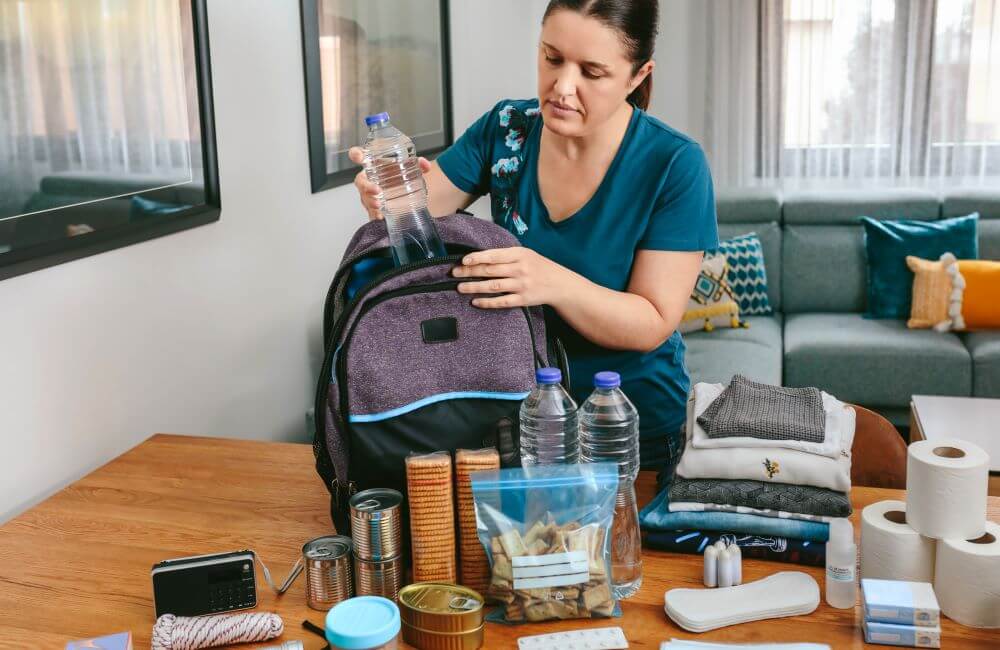
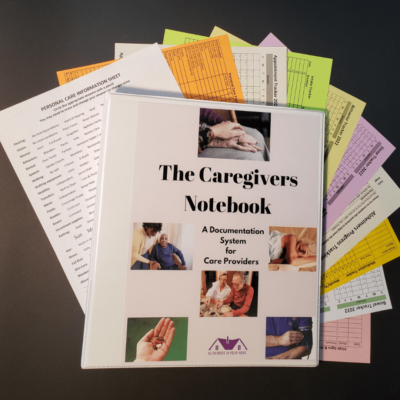

0 Comments